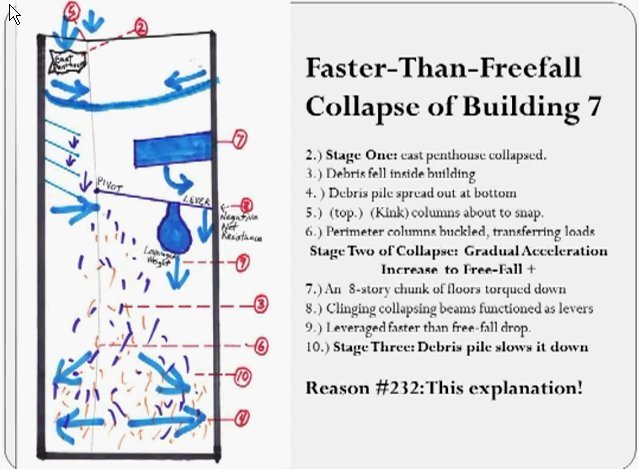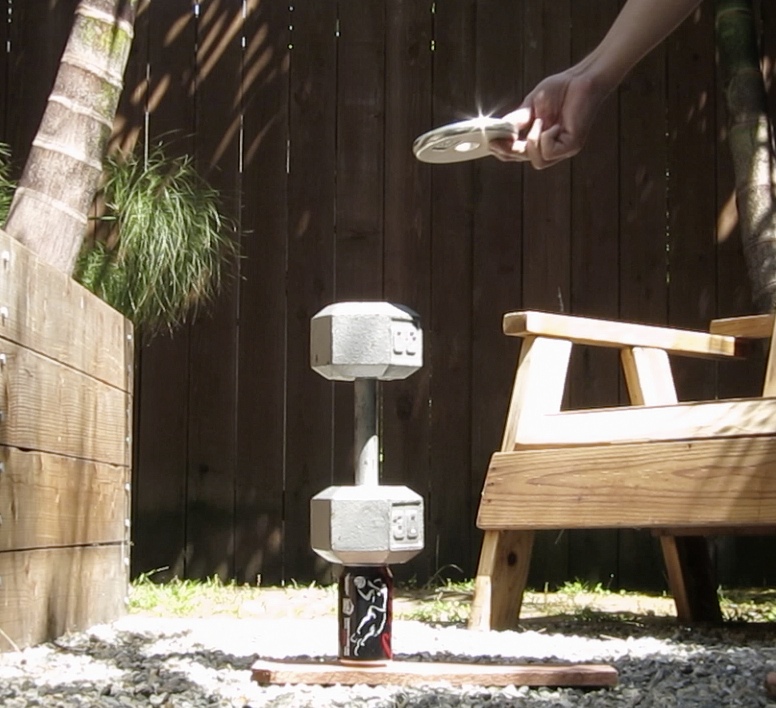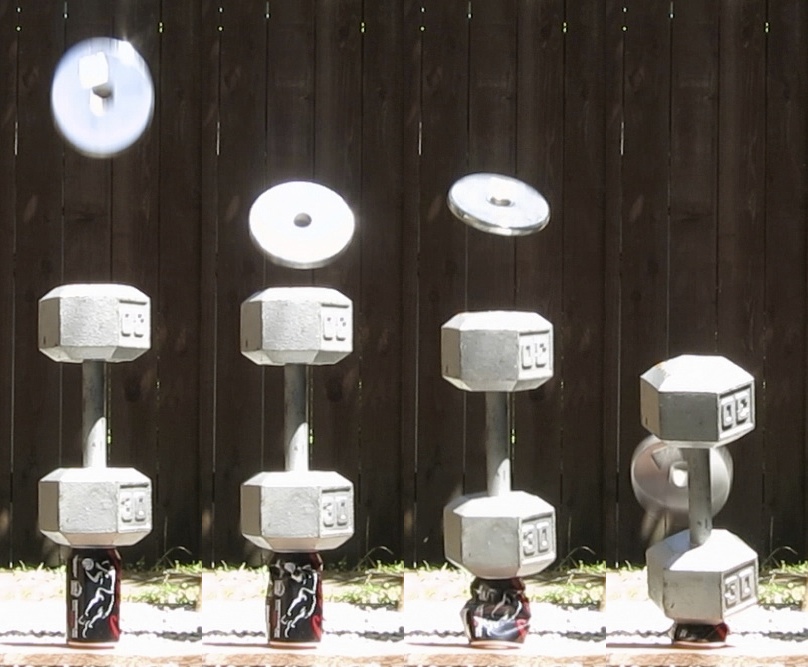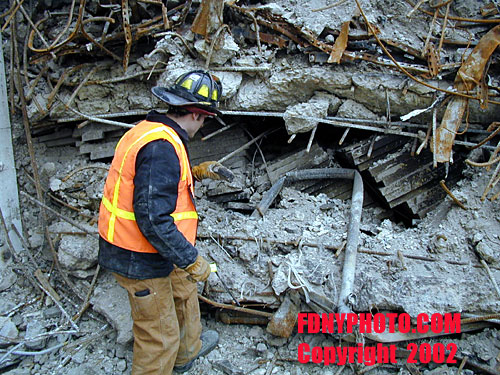econ41
Senior Member
Agreed. The "...LOT more weight above..." is also why WTC2 tilted a "LOT more".There was a LOT of weight above the impact points (referring to WTC 1 & 2). The simple FACT that WTC 2 collapsed BEFORE WTC 1 is evidence.
I do NOT understand why the "truthers" ignore this fact. It is so bleeding OBVIOUS!!!
As for my use of "bleeding obvious" - it is one of my trigger phrases which OneWhiteEye is familiar with from our long acquaintance. I have about 4-5-6 of them which are things which SHOULD be bleedingly obvious and are after you pass the "eureka" point -- "Why didn't I see that before".
Here is another example:
"At the stage where the WTC1 and WTC2 "top blocks" start to fall bodily downwards ....all the columns had failed."
That and several others are IMO best experienced in a real discussion where the slap forehead "Doh...why have I missed that bleeding obvious fact for so long...." experience can be savoured.





